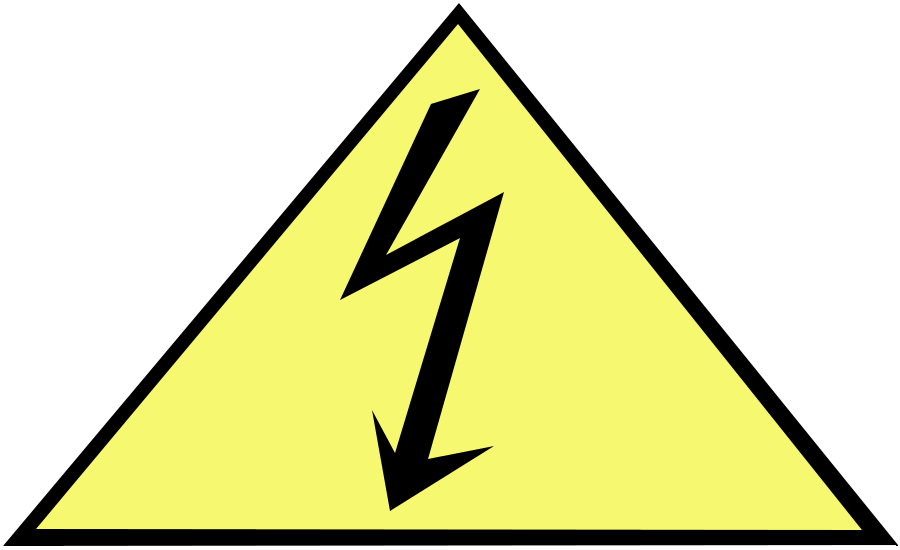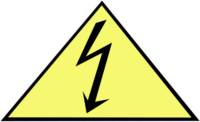A group of schoolkids on a field trip noticed something strange when swimming at Martha’s Vineyard, an island near Cape Cod, Massachusetts popular with vacationers.
What they felt in the water in a popular spot between a jetty and a dock: an electric current.
Shocked while swimming
Their report of that danger prompted local authorities to post warning signs and brought new attention to an electrical hazard that is largely overlooked by the public: the risk of drowning after coming in contact with electrical current in water. It’s called electric shock drowning (ESD), and it can occur when faulty wiring sends an electrical current into the water, which passes through the body and causes paralysis and ultimately results in drowning. The risk is greater in marine environments than in lakes or pools because saltwater is a better conductor of electricity than freshwater.
In the case of Martha’s Vineyard, news sources say inspectors discovered a contractor had failed to install an equipment grounding conductor at the beach’s transient dock, leading to stray voltages floating in the harbor. (The contractor had also failed to pull a permit for the work.) The fix may cost thousands of dollars.
At present, swimming is banned in the danger zone.
According to the Electrical Safety Foundation International (ESFI), the best safeguards against electrical seepage into water around docks and marinas are GFCIs (ground-fault circuit interrupters).
The ESFI offers the following tips for avoiding ESD:
Tips for swimmers
- Never swim near a marina, dock or boatyard, or near a boat while it’s running.
- While in a pool, hot tub or spa, look out for underwater lights that are not working properly, flicker or work intermittently.
- If you feel a tingling sensation while in a pool, immediately stop swimming in your current direction. Try and swim in a direction where you had not felt the tingling. Exit the water as quickly as possible; avoid using metal ladders or rails. Touching metal may increase the risk of shock.
Tips for pool owners
- If you are putting in a new pool, hot tub or spa, be sure the wiring is performed by an electrician experienced in the special safety requirements for these types of installations.
- Have a qualified electrician periodically inspect and — where necessary — replace or upgrade the electrical devices or equipment that keep your pool, spa or hot tub electrically safe. Have the electrician show you how to turn off all power in case of an emergency.
- Make sure any overhead lines maintain the proper distance over a pool and other structures, such as a diving board. If you have any doubts, contact a qualified electrician or your local utility company to make sure power lines are a safe distance away.
Tips for boat owners
- Avoid entering the water when launching or loading a boat. Docks or boats can leak electricity into the water causing water electrification.
- Each year, and after a major storm, have the boat’s electrical system inspected and upgraded by a qualified marine electrician to be sure it meets the required codes of your area, including the American Boat & Yacht Council (ABYC). Check with the marina owner who can also tell you if the marina’s electrical system has recently been inspected to meet the required codes of your area, including the National Electrical Code® (NEC).
- Have ground fault circuit interrupters (GFCI) installed on the boat; use only portable GFCIs or shore power cords (including “Y” adapters) that are “UL-Marine Listed” when using electricity near water. Test GFCIs monthly.
- “Many swimmers, boat and marina operators unknowingly place themselves in danger by swimming near electric-powered boats and docks,” said Brett Brenner, ESFI president.




